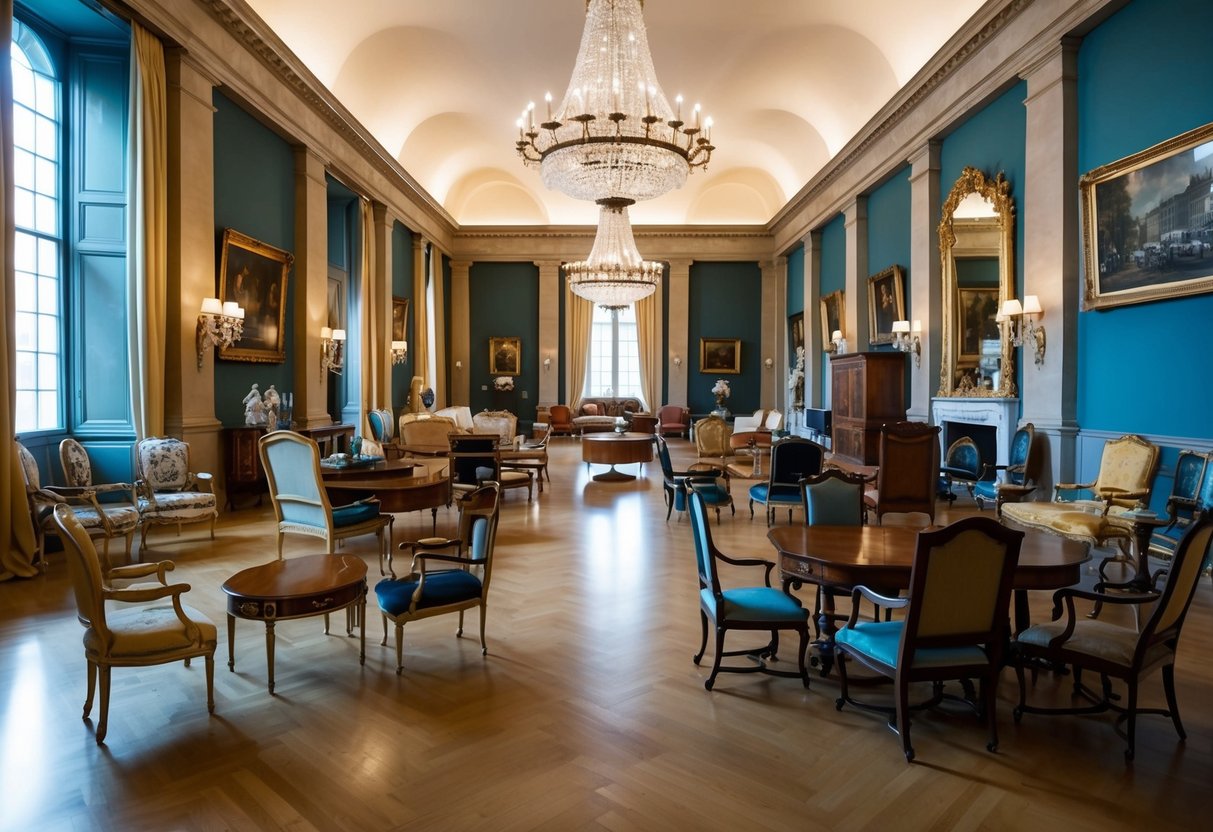Ultimate Guide to Classic Furniture Pieces that Endure Through Time
Classic furniture pieces have long captured the attention of those who appreciate timeless beauty in their homes. As styles come and go, these pieces remain a staple, admired for their enduring elegance and functionality. They not only enhance the aesthetic of any space but also prove to be a wise investment in interior design.
Whether it’s the graceful lines of a Chesterfield sofa or the enduring appeal of a mid-century modern chair, these iconic items continue to inspire. They blend seamlessly into various decor styles, offering versatility that few contemporary designs can match. Their craftsmanship and premium materials speak to a tradition of excellence.
Exploring classic furniture means embracing a legacy of design that transcends temporary trends. These pieces invite admiration and contemplation by blending history with the present in an elegant dance of form and function. For any passionate design enthusiast, understanding these masterpieces opens doors to endless creative possibilities.
The Rich Tapestry of Design History

Design history offers a fascinating journey through time, revealing how various styles evolved and influenced classic furniture. From the meticulous craftsmanship of antiquity to the elegance of Victorian design and the simplicity of mid-century modern, each era left a unique mark, shaping furniture aesthetics.
Antiquity to Renaissance: Origins of Classic Furniture
Furniture design in antiquity was largely functional and minimalistic, with the use of materials that included stone, wood, and metals. Ancient Egypt, Greece, and Rome introduced basic forms that would influence later styles. Artisans mastered the skills of joinery and inlay work, leading to the creation of pieces such as thrones, benches, and chests.
During the Renaissance, art and culture saw a revival, deeply affecting furniture design. Italian craftsmen began to incorporate ornate details and luxurious materials, reflecting the broader cultural renaissance of the period. This period marked the transition from purely functional designs to more elaborate and decorative pieces, setting foundations for future classic styles.
Baroque and Rococo: The Flourish of Ornamentation
Baroque furniture, emerging in the 17th century, is characterized by boldness and dramatic flourish. It featured intricate carvings, contrasting colors, and grand proportions. The wood used was often dark and heavy, emphasizing opulence. Baroque furniture pieces were not merely functional; they were statements of wealth and power.
Rococo, which followed, softened the intensity of Baroque design. Originating in early 18th-century France, Rococo furniture embraced lighter colors, asymmetrical designs, and playful ornamentation. Curved lines and elaborate detailing reflected a more whimsical and intimate approach. Both styles heavily influenced European furniture and were pivotal in shaping ornate furniture aesthetics.
Victorian and Neoclassical: Elegance and Form
The Victorian era marked a time of eclectic styles, with an emphasis on ornamentation and grandeur. Furniture from this time was often heavy and complex, with dark woods and heavy fabrics commonly used. The influence of the Industrial Revolution enabled mass production, making elaborate furniture more accessible.
Neoclassical furniture, on the other hand, returned to the simplicity and symmetry of classical Greek and Roman designs. Inspired by the Age of Enlightenment, it promoted clean lines and minimal embellishment. By focusing on elegance and form, neoclassical pieces offered a refined alternative to the excessively ornate Victorian styles.
Art Deco and Mid-Century Modern: A Shift to Simplicity
In the early 20th century, Art Deco emerged as a bold response to earlier styles. Characterized by geometric patterns, vivid colors, and innovative materials like chrome and glass, it reflected the era’s optimistic and modern outlook. Art Deco furniture was both functional and decorative, with an emphasis on craftsmanship.
Mid-century modern design, rising in the mid-20th century, emphasized simplicity and functionality. It featured clean lines, organic forms, and a harmonious integration with the surrounding environment. Influences from Scandinavian design and the Bauhaus school promoted the use of new materials and minimalist aesthetics that continue to influence furniture design today.



